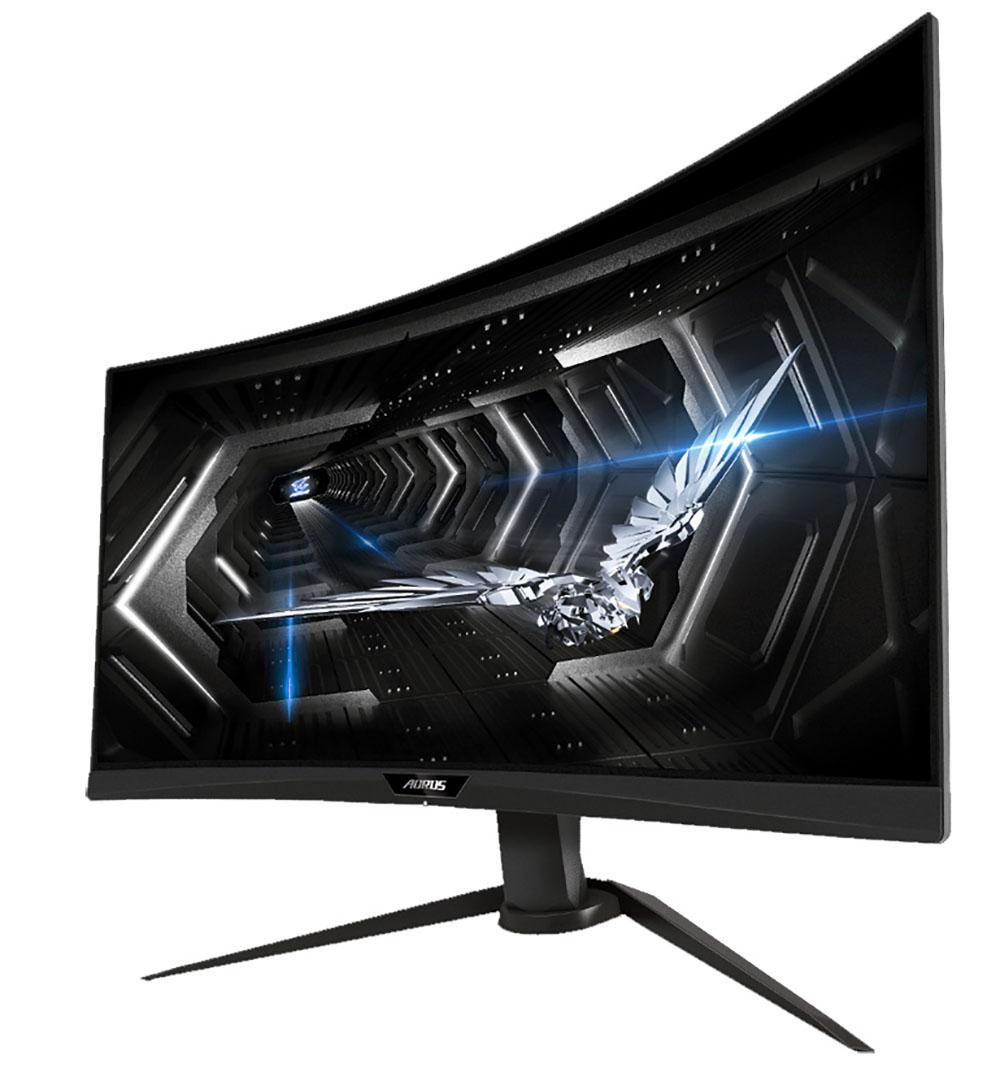Why you can trust Tom's Hardware
There is no question that HDR is now a thing. There is an increasing number of affordable HDR monitors hitting the market daily. Content, including games that leverage both HDR and extended color, is following along slowly and steadily. You don’t need to spend a fortune on a 4K monitor to enjoy the picture enhancements that come with greater contrast and a wider color gamut. The 1080p Aorus CV27F proved that in our recent review, and the QHD CV27Q has just proved it again.

For less than than $450 ($400 after Newegg rebate or $430 at the time of publishing) the CV27Q delivers what we consider to be the ideal resolution, 2560 x 1440 pixels. But while greater pixel density is always a plus, it also calls for a more powerful graphics card than 1080p gaming, which can add hundreds of dollars to your budget.
Pushing more than 8 million pixels (4K resolution) around the screen with extra color and HDR takes a lot of horsepower. But with QHD (less than half the pixel count of 4K), you can enjoy fast framerates and quick response for a lot less money. There’s no doubt that the Asus ROG Swift PG27UQ looks amazing, but it will cost you triple the price of a CV27F. Right now, QHD tops the price/performance ratio scale.
We were most impressed by the Aorus’ out-of-box color accuracy. And those who go the extra mile and make our recommended calibration adjustments will be rewarded with professional-level image quality. Our only wish is for a usable sRGB mode that’s better suited for SDR content. But this is far from a deal-breaker; most users don’t mind extra color saturation when gaming or watching movies.
The CV27Q’s gaming performance is almost without peer. Running at 165 Hz, it provides super-low input lag and blur-free panel response with both FreeSync and G-Sync compatibility (unofficially). And you can enjoy bright, exuberant HDR at the same time; although, you can’t tweak HDR color.
We were impressed by the Aorus CV27F, but given the choice, we’d spend the extra money on the CV27Q. Its higher pixel density is a definite asset, and there is no difference in image quality, save a slight green tint we saw in HDR when working on the Windows desktop. In games and video, the Q delivered an excellent picture. Those looking for an affordable way to take the HDR plunge should put the Aorus CV27Q on their short list.
MORE: Best Gaming Monitors
Get Tom's Hardware's best news and in-depth reviews, straight to your inbox.
MORE: How We Test Monitors
MORE: All Monitor Content

Christian Eberle is a Contributing Editor for Tom's Hardware US. He's a veteran reviewer of A/V equipment, specializing in monitors. Christian began his obsession with tech when he built his first PC in 1991, a 286 running DOS 3.0 at a blazing 12MHz. In 2006, he undertook training from the Imaging Science Foundation in video calibration and testing and thus started a passion for precise imaging that persists to this day. He is also a professional musician with a degree from the New England Conservatory as a classical bassoonist which he used to good effect as a performer with the West Point Army Band from 1987 to 2013. He enjoys watching movies and listening to high-end audio in his custom-built home theater and can be seen riding trails near his home on a race-ready ICE VTX recumbent trike. Christian enjoys the endless summer in Florida where he lives with his wife and Chihuahua and plays with orchestras around the state.